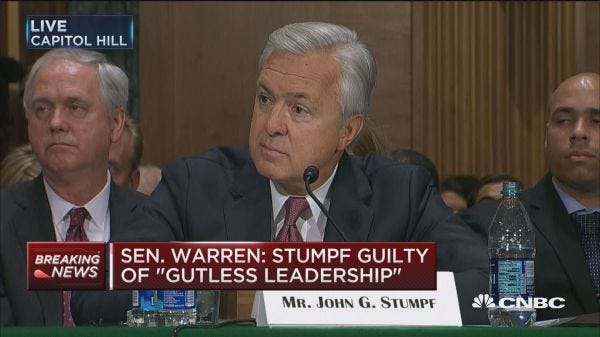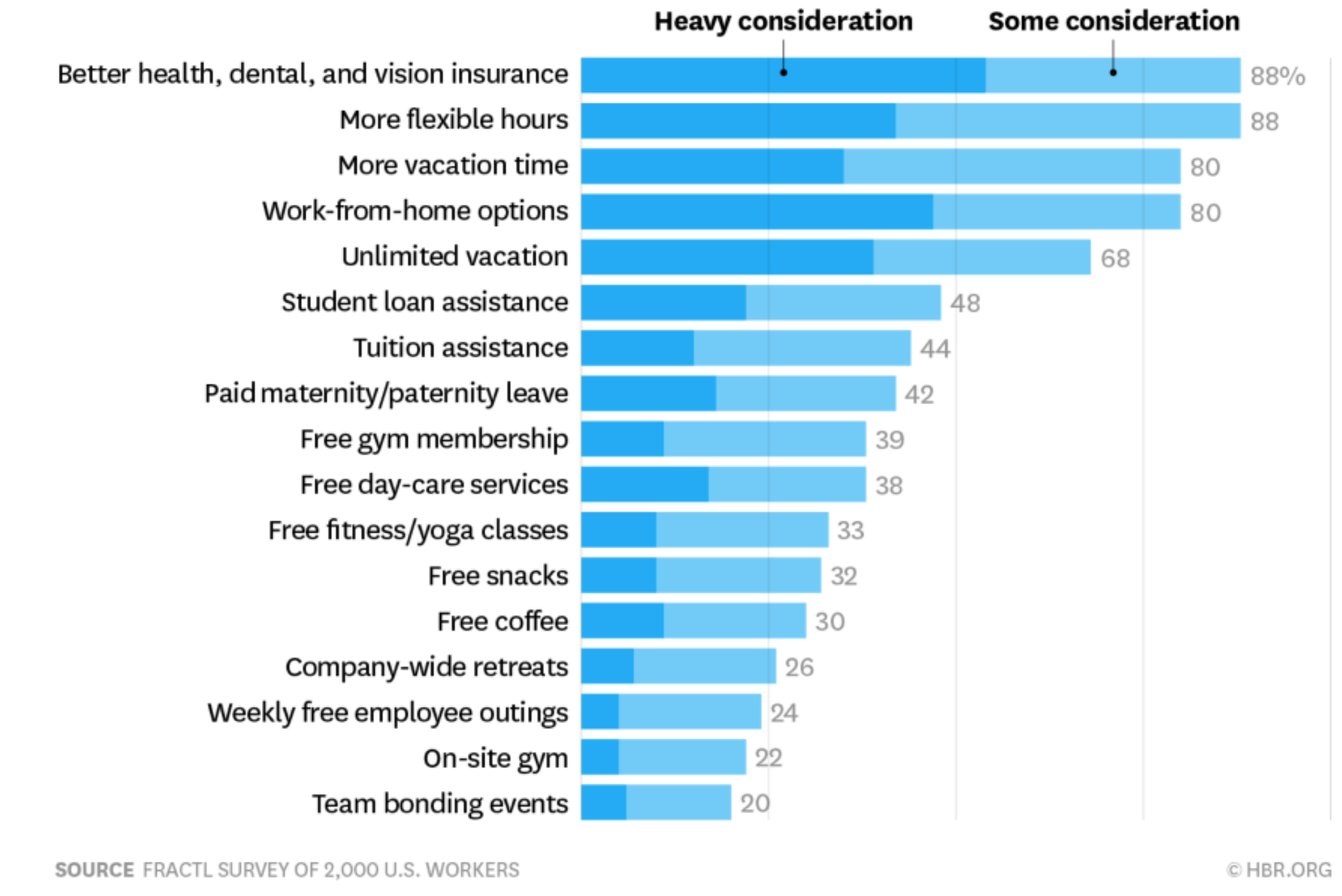How do the Best People Leaders Retain Talent in a Booming US Jobs Market?

This post originally appeared at https://surprisehr.com/blog.

For US job seekers, 2019 is promising to be another great year. For executive teams across the country, it’s a different story. Companies have now added jobs for over 100 straight months. In December 2018, US job openings reached a high of 7.3 million, and then 304,000 more new jobs were added in January 2019. Simultaneously, the US jobless rate is hovering around 4%, or approximately 6.5 million unemployed people — leaving more open jobs than unemployed individuals.
So, if job seekers have the upper hand, what does that mean for executives and People Leaders like you? Primarily, it makes your job more difficult, especially if you’re looking for highly skilled workers or hiring in parts of the country where the labor market is at its tightest.
For your company to achieve its strategic goals, you need the right talent on hand, but the time and money necessary to find and keep quality employees in this economy is rising. Below, we explore what this booming job market means for your HR team along with strategies you can employ for winning the talent war.
1. Top candidates can afford to be picky — so make them an offer they can’t refuse.
Right now, job seekers (not to mention the happily employed candidates you hope to convince to join your team) have room to be selective.
For starters, people are well-positioned to negotiate higher salaries, and 75% of recruiters noticed an increase in salary negotiations in 2018. Of course, salary alone isn’t enough to attract candidates in this competitive market, even when paired with good medical benefits and 401ks. Employees also want benefits like flexibility; one survey found 77% of workers were more likely to accept a job offer if they could occasionally work from home. Continued education and training opportunities are also valued.
Beyond company benefits, candidates also judge you based on your recruiting process, from your friendliness to how fast you move. When pursuing a candidate who’s already employed or has multiple offers, extra touches that show how much you value them — from a thoughtful thank you note to a call from a senior leader — may be needed to give you the edge. Yes, these practices can increase your cost per hire (which on average sits at $4425, up $300 from the prior year), but these costs fade into insignificance compared to the opportunity cost of not having great people on the bus.
Takeaway: Bringing in top talent requires an increasing investment in benefits and recruiting, but achieving quality hires in this market is more important than cutting costs. If you skimp on that investment, you’ll be left understaffed and unable to compete.
2. Great culture is a talent magnet — so celebrate your values and principles as often as you can.
Company culture can be another key to securing new hires. In fact, one surveyfound that one third of people would pass up the perfect role if the company’s culture wasn’t a good fit.
At our company we vehemently believe that one of the most significant things an organization can do is intentionally create a culture with core values that are lived every day by employees at every level of your organization. This starts with employee training and demands a continual practice of recognizing and celebrating demonstrations of these core values.
When you don’t reinforce these values, things can go really wrong. Take Wells Fargo who lists among its values a commitment to do “What’s right for customers.”, and then opened more than 2 million accounts without their permission. What about United Airlines claiming “We fly friendly”? A few flight attendants must have missed that memo.

Meanwhile, companies like Southwest Airlines and Adobe are nailing core values and reaping the rewards. Boasting high retention rates and positive word-of-mouth among employees and customers alike, these companies are consistently named among the best places to work.
Takeaway: To attract people who will drive your company forward, culture matters. Building a strong culture with clear core values is essential to the success of your business. And just paying lip service isn’t enough, you have to actively and intentionally celebrate your values and principles.
3. Retaining your best people is critical — so make this an Office of the CEO priority
In the tight labor market, recruiters frequently look to their competition to find workers — and often discover many employees ready to jump ship.
Gallup studies show that only 34% of US workers are enthusiastically committed to their companies. 13% are actively disengaged and miserable. The remaining 53% are generally satisfied, but do only the minimum job duties required and will switch companies at the drop of a hat for a slightly better offer.
When employees leave, turnover costs go beyond the expense of finding replacements. Last year, US employers paid an estimated $600 billion in turnover costs. From the lost productivity of open positions to the high cost of training new employees, on average, an employee departure costs aroundone-third of their annual salary.
To reduce your turnover, you’ll need to take a hard look at your current employee experience. Investing in the employee experience not only makes teams more loyal, it also makes them more productive; companies with the most employee engagement see up to a 21% higher profitability. Thus, keeping employees engaged and motivated must be an effort supported at the highest levels.
So what are you doing to inspire and maintain employee enthusiasm? How do you support employee engagement and happiness in your workplace?
A good employee experience starts with leaders regularly engaging in transparent, honest, and authentic communications, where employees get the chance to respond, ask questions, and see that their opinions and experiences matter. Being authentic also includes creating a culture where expressed values are backed by actions, not just words. At Zappos, customer service is so important that every employee spends their first weeks in the call centertalking to customers. These are values that are much more than talking points. Patagonia doesn’t just promote sustainability; they donated $10 million in tax cut savings to environmental charities.

Likewise, companies must help employees see the impact of their work, and provide them with the tools and mentorship to do their jobs to the best of their abilities. Over time, leaders must support employee development and acknowledge their growth in a way that makes them feel appreciated. (Hint: Another company mug probably won’t do the trick.)
Takeaway: To avoid losing your best people, you have to carefully craft a positive employee experience. Having motivated, happy employees improves productivity and reduces costly employee departures.
Ok this all sounds great, but where do I start?
We contend that celebration is among the most important ways to engage employees and improve your culture. In our experience, magnifying employee’s exemplary behaviors is an easy and effective first step.
Recently, a hospital we work with learned that one of their ER nurses had helped change a patient’s flat tire in the snow late at night, simply because there was no one else to do it. Because patient-centricity was one of the hospital’s core values, the nurse received a personalized Surprise gift — a full Spa Day (far…far away from the snow!) arranged for her by our dedicated, in-house Concierge, to show her how much her supervisors and immediate team members valued her actions.

But the hospital’s HR leadership didn’t stop there. The nurse’s story was shared across the organization and her actions publicly celebrated with a company-wide Surprise. In doing so, the hospital not only made the nurse feel appreciated, but they reinforced how much each employee’s actions matter. They showed that leadership truly cares about putting patients first — strengthening their organization’s reputation among employees and enabling employees to take pride in working for an institution that lives its core values. By celebrating this individual act, the hospital also reinforced the expectation that every employee should go the extra mile in serving patients.
This may sound like a simple act, but such actions cause ripples. They get employees talking and excited. They build culture and loyalty. They show that you’re serious about your values. In this case, the hospital made a notable observation — in the months following the public celebration of that single act, people were going out of their way to find ways to be more patient-centric. Repeated over time, such sustained recognition not only reinforces your values and engenders a lasting sense of belonging, but can also earn you a reputation as an excellent employer, giving you a strategic advantage in hiring and retaining the best of the best.
So if you’re looking for a way to surprise and delight your employees while simultaneously reinforcing your values and principles, learn how Surprise.com can help your organization.



Comments (0)